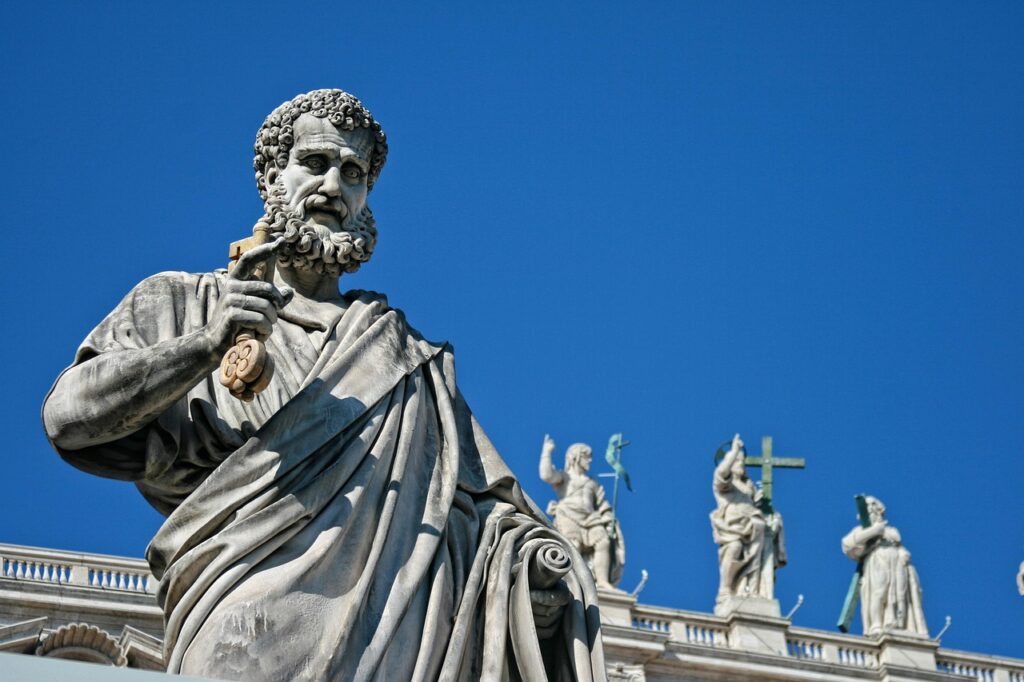
In the annals of early Christianity, few figures command as much prominence and enduring fascination as Saint Peter. Revered across diverse traditions, he stands as a foundational pillar upon which much of the Church’s narrative and structure were built. His journey, marked by both profound faith and human frailty, offers a compelling portrait of discipleship and leadership in the nascent stages of a world-altering movement.
From his humble beginnings as a Galilean fisherman, Peter rose to become the recognized spokesman among Jesus’s inner circle, a figure whose very name became synonymous with the “rock” upon which a new spiritual edifice would be constructed. This comprehensive overview delves into the early life and foundational experiences of Saint Peter, examining the evolution of his identity, his intimate relationship with Jesus, and the pivotal moments that shaped his destiny as a towering figure in Christian history.
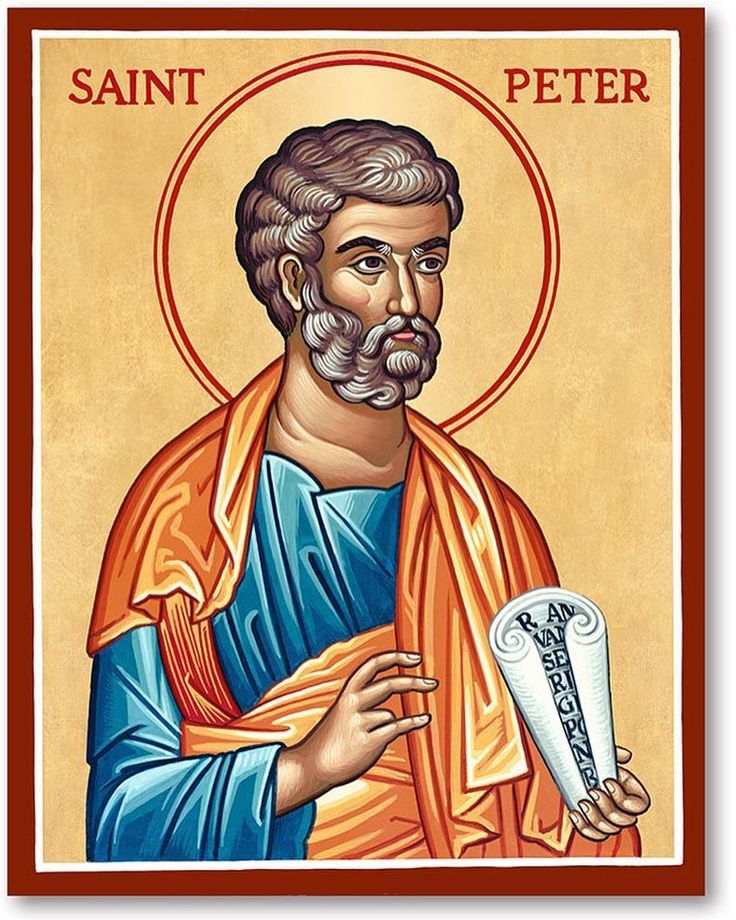
1. **The Many Names of Simon Peter**The individual primarily known as Peter was born Simon, or “Simeon” in some New Testament passages. This variation possibly reflects “the well-known custom among Jews at the time of giving the name of a famous patriarch or personage… along with a similar-sounding Greek/Roman name.” This underscores a cultural blending common in the region.
A pivotal moment came when Jesus bestowed upon him a new name: Cephas, from the Aramaic כֵּיפָא (Kepha), meaning ‘rock/stone.’ While maintained as Cephas in nine New Testament occurrences, the vast majority—156 mentions in the New Testament—refer to him as Πέτρος (Petros), a masculinized Greek form derived from πέτρα (petra), adapted as a proper name.
The precise meaning of ‘Kepha’ is debated; some say ‘rock’ or ‘crag,’ others ‘stone’ or ‘jewel.’ Most scholars agree that as a proper name, it denotes a ‘rough or tough character.’ Aramaic and Syriac dictionaries indicate both meanings. The implication of stability and foundational significance remains central to the identity Jesus conferred.
The combined name Σίμων Πέτρος (Símon Pétros), or Simon Peter, appears 19 times in the New Testament, solidifying the integration of his birth name with the profound new identity given by Christ. This dual naming convention symbolizes his transformation and unique calling.
Read more about: Biblical Matriarch Sarah: An In-Depth Examination of Her Enduring Legacy and Narrative Across Faiths
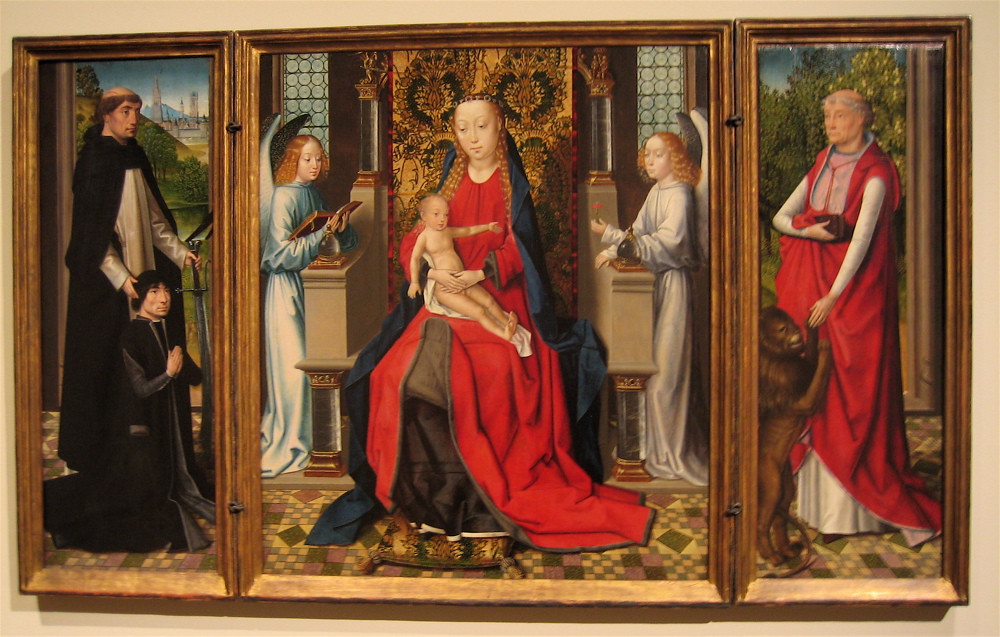
2. **Early Life as a Galilean Fisherman**Peter was a Jewish fisherman, born Simon in Bethsaida, on the Sea of Galilee. He was the son of Jonah or John, and brother to Andrew, both pursuing the demanding trade of fishing. This familial context highlights his roots in a working-class community.
The synoptic gospels recount Jesus healing Peter’s mother-in-law at their home in Capernaum, indicating Peter was married or widowed. This detail, corroborated by First Corinthians 9:5 implying he was married, suggests a settled domestic life prior to his ministry.
His profession as a fisherman deeply informed his character, providing a powerful metaphor for his future mission as a “fisher of men.” The Gospel of John even portrays Peter fishing after Jesus’s resurrection, underscoring the deep-seated nature of his trade. This background instilled in him a resilience and grounded understanding, preparing him for the prophetic role he was destined to assume.
Read more about: Unveiling John the Apostle: His Life, Ministry, and Enduring Legacy in Early Christianity
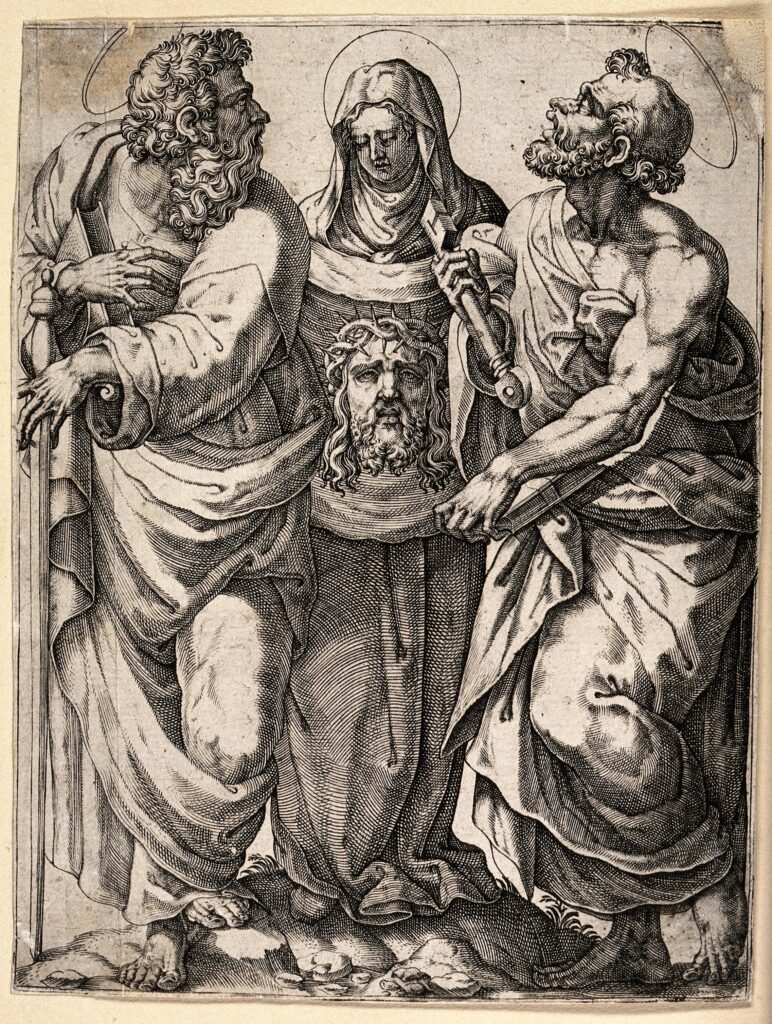
3. **The Calling and Ordination by Jesus**Peter’s entry into Jesus’s closest followers marked a profound turning point. He is consistently listed among the first disciples called during Jesus’ ministry and subsequently became “the first listed apostle ordained by Jesus in the early Church.” The synoptic Gospels of Matthew and Mark describe Jesus encountering Simon and Andrew by the Sea of Galilee.
Jesus delivered his iconic invitation: “Follow me, and I will make you fishers of men.” They immediately abandoned their nets. This profound call transformed their earthly vocation into a spiritual mission, using fishing imagery as a metaphor for gathering souls into God’s kingdom.
Luke’s Gospel offers a comparable account where Simon Peter’s boat is used by Jesus to preach. Afterward, a miraculous catch of fish astounds Simon, leading him to fall at Jesus’s knees and declare unworthiness. The Gospel of John also relates that Andrew, a disciple of John the Baptist, introduced Simon to Jesus, who immediately named him “Cephas.” Each narrative, while varying, consistently highlights Peter’s direct response to Jesus’s call and his early recognition of Christ’s unique authority.
Read more about: Lemmy Unleashed: The Motörhead Legend’s Unvarnished Take on God, Faith, and the Human Condition
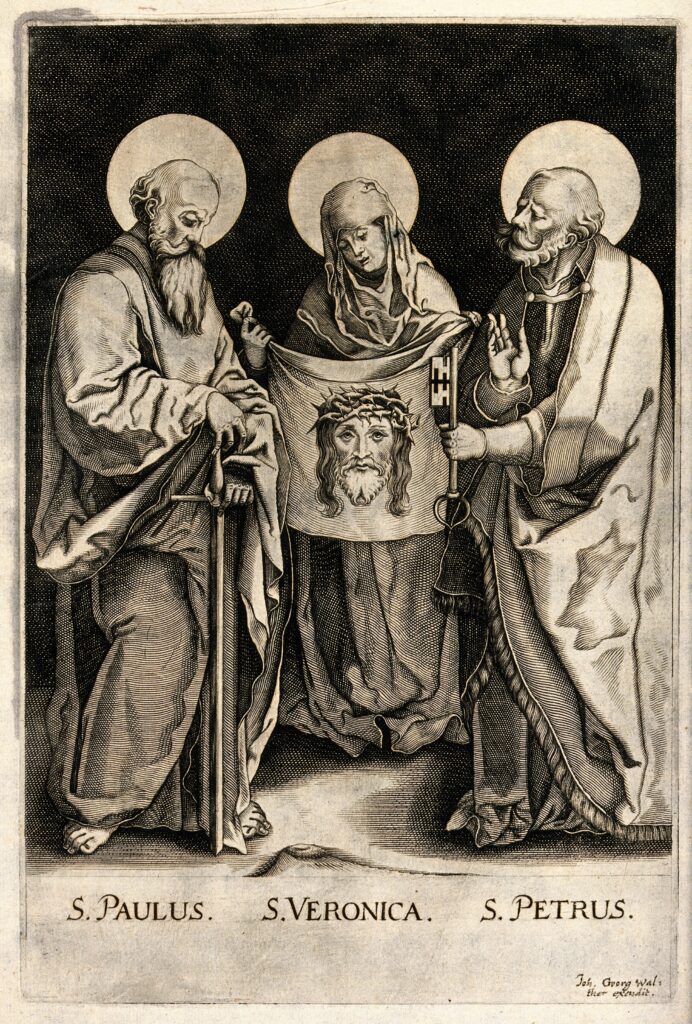
4. **Peter’s Central Role Among the Apostles**Peter is consistently presented as the most prominent apostle, “always listed first among the Twelve Apostles in the Gospels and in the Book of Acts.” This signifies his preeminent position, reflecting his recognized status as a de facto leader or spokesman within Jesus’s inner circle and the early Christian community.
He was part of an “informal triumvirate” with James the Elder and John, granted special access to pivotal moments like the Raising of Jairus’ daughter, the Transfiguration, and the Agony in Gethsemane. Such privilege underscores a deeper trust and responsibility placed upon him.
Peter often assumed the role of “spokesman of all the Apostles,” articulating their collective thoughts. Catholic scholar John Vidmar observes, “Catholic scholars agree that Peter had an authority that superseded that of the other apostles. Peter is their spokesman at several events, he conducts the election of Matthias, his opinion in the debate over converting Gentiles was crucial, etc.” This consistent portrayal highlights his dynamic and decisive presence.
The Acts of the Apostles portrays Peter as “the central figure within the early Christian community.” His actions, from delivering powerful sermons to performing miracles and providing critical leadership in theological debates, were instrumental in the initial growth and direction of the nascent Church, cementing his indispensable role in the apostolic age.
Read more about: Saint Peter: An In-Depth Examination of His Life, Legacy, and Enduring Influence in Early Christianity

5. **The Confession of Christ and the “Rock” Declaration**One of the most profound dialogues involved Simon Peter’s inspired confession of Christ’s identity. In Matthew 16:13–19, Jesus asks “Who do you say that I am?” and Simon Peter unequivocally answers: “You are the Messiah, the Son of the living God.”
Jesus responds with blessings and pronouncements: “Blessed are you, Simon son of Jonah… And I tell you that you are Cephas (Peter) (Petros), and on this rock (petra) I will build my church, and the gates of Hades will not overcome it.” This links Peter’s name, meaning ‘rock,’ to the foundational stability of the Church.
Jesus further entrusts Peter with extraordinary authority: “I will give you the keys of the kingdom of heaven; whatever you bind on earth will be bound in heaven, and whatever you loose on earth will be loosed in heaven.” This imagery signifies immense spiritual and administrative power, positioning Peter as a steward of the nascent Church’s well-being.
Interpretation of this passage varies. Jesuit Father Daniel J. Harrington suggests Peter was “an unlikely symbol of stability,” noting his “little faith” and denials, making him an “exemplar of the forgiven sinner.” The Eastern Orthodox Church interprets it as referring to Peter’s *representative position* of the Apostles and the apostolic faith, not his individual primacy, noting ‘rock’ (petra) as “a small detachment of the massive ledge.”
Read more about: Adele’s Holistic Blueprint: Nurturing Health and Well-being Through Life’s Profound Transformations
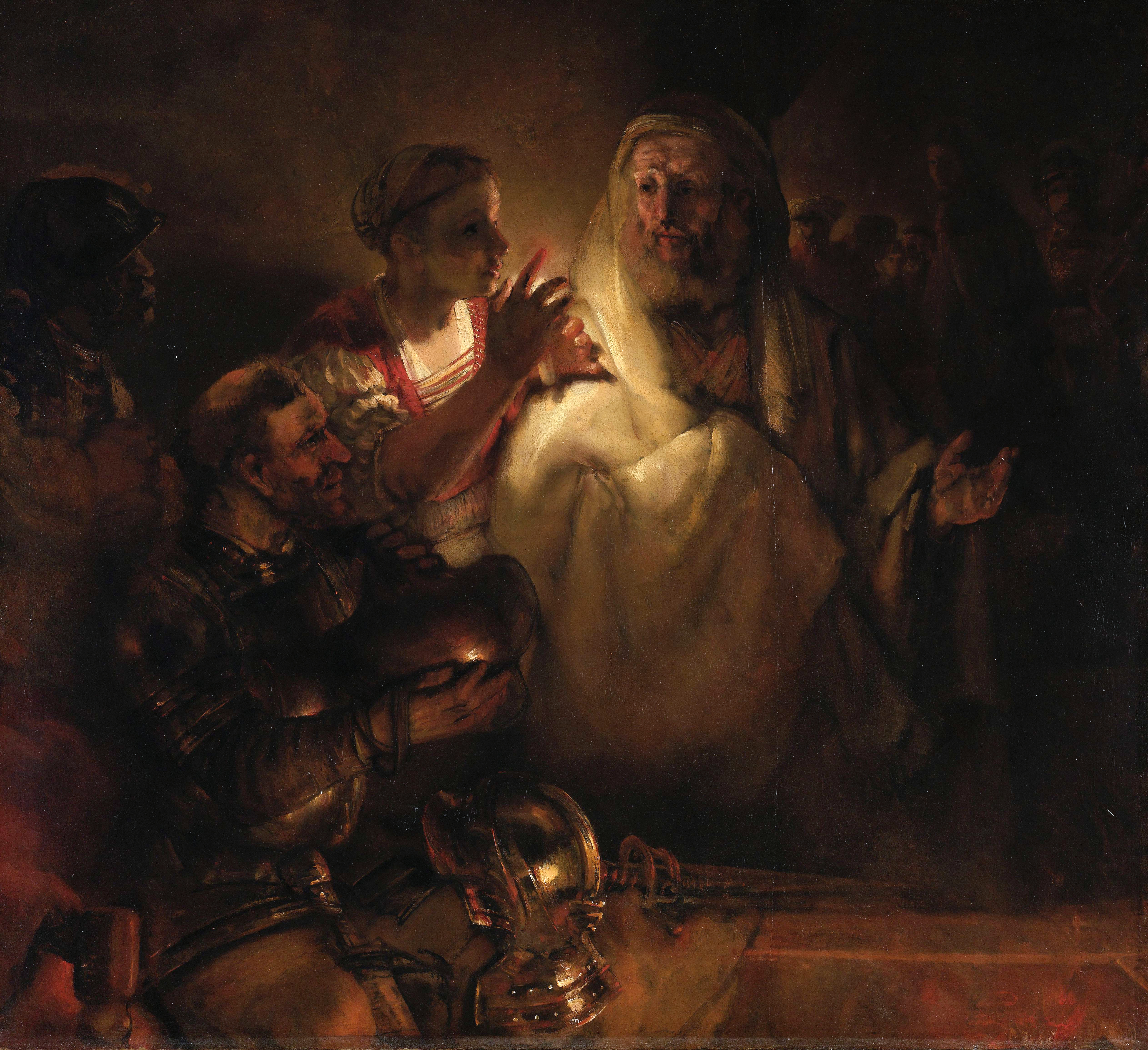
6. **The Denial of Jesus and Subsequent Restoration**Peter’s unwavering faith is dramatically juxtaposed with his human frailty in his three denials of Jesus. All four canonical gospels recount Jesus foretelling this during the Last Supper: Peter would deny him “three times before the following cockcrow,” or “before the cock crows twice.”
The gospels detail these denials: first, a servant girl identified him by the high priest’s fire, and “the rooster crowed.” The second denial occurred at the gateway, again identifying him as a follower. John’s Gospel places the third denial based on a claim of seeing him in Gethsemane. These accusations, including his “Galilean accent,” clearly overwhelmed Peter, leading him to repeatedly disavow his Lord.
In Luke, Christ tells Peter, “Simon, Simon… I have prayed for thee, that thy faith fail not: and when thou art converted, strengthen thy brethren.” This foreshadowed Peter’s fall but also his crucial restoration. Indeed, in John’s epilogue, after the resurrection, Peter three times affirms his love for Jesus, balancing his threefold denial and publicly reconfirming his position. This act of restoration provided a profound lesson in forgiveness.
Read more about: Saint Peter: An In-Depth Examination of His Life, Legacy, and Enduring Influence in Early Christianity
7. **Peter’s Early Leadership and Missionary Journeys**Following the resurrection appearances of Jesus, which Paul’s First Epistle to the Corinthians records as first to Peter, Peter assumed a significant leadership role among the early followers. Legitimized by these encounters, he became a key figure in forming the Jerusalem *ekklēsia* mentioned by Paul. He was often regarded, alongside James the Just and John the Apostle, as one of the three “Pillars of the Church,” signifying his indispensable contribution to the nascent Christian community.
However, Peter’s leadership in Jerusalem was eventually “eclipsed” by James the Just, “the brother of the Lord.” This shift, as suggested by Lüdemann, may have been influenced by debates surrounding adherence to Jewish Law, where James represented a more conservative faction. In contrast, Methodist historian James D. G. Dunn proposes that Peter’s involvement in missionary activities naturally led to this reordering, rather than a “usurpation of power,” illustrating his dynamic and outward-focused ministry.
Peter embarked on extensive missionary journeys, taking him to Lydda, Joppa, and Caesarea. It was in Joppa that he experienced a transformative vision from God, allowing the consumption of previously unclean animals. This pivotal revelation directly influenced the early believers’ decision to evangelize the Gentiles, with Simon Peter himself applying the vision’s message to Gentiles and asserting that “God shows no partiality” after meeting Cornelius the Centurion. Such travels underscore his commitment to spreading the Gospel beyond Jewish communities.
The apostle Paul’s Epistle to the Galatians also briefly notes Peter’s visit to Antioch, where Paul controversially “opposed Peter to his face ‘because he [Peter] was in the wrong'” regarding the conversion of Gentiles and their meal practices. Furthermore, First Corinthians suggests that Peter may have visited Corinth, located in Greece, during his missions. These early journeys laid critical groundwork for the geographical expansion of Christianity, with Peter often acting as a bridge between differing theological perspectives.
Read more about: Saint Peter: An In-Depth Examination of His Life, Legacy, and Enduring Influence in Early Christianity
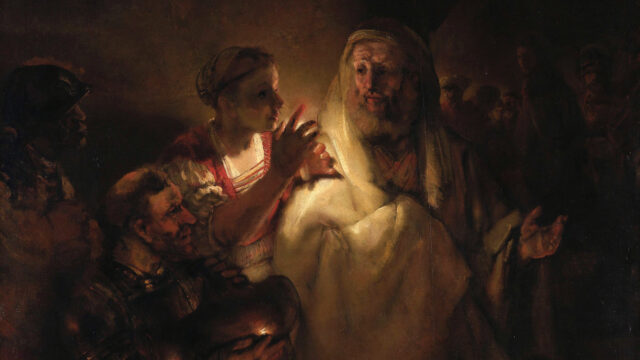
8. **The Petrine Authority and “Rock” Dialogue Interpretations**Central to understanding Peter’s enduring significance is the profound dialogue between Jesus and his disciples recorded in Matthew 16:13–19. Here, Simon Peter’s inspired confession, “You are the Messiah, the Son of the living God,” elicits Jesus’s declaration: “Blessed are you, Simon son of Jonah… And I tell you that you are Cephas (Peter) (Petros), and on this rock (petra) I will build my church, and the gates of Hades will not overcome it.” This statement inextricably linked Peter’s name, meaning ‘rock,’ to the foundational stability of the emerging Church.
Jesus further entrusted Peter with extraordinary authority, stating, “I will give you the keys of the kingdom of heaven; whatever you bind on earth will be bound in heaven, and whatever you loose on earth will be loosed in heaven.” This imagery signifies immense spiritual and administrative power, positioning Peter as a steward essential to the nascent Church’s well-being. The act of binding and loosing carries significant implications for doctrinal and disciplinary authority within the community.
Interpretations of this foundational passage vary across Christian traditions. Jesuit Father Daniel J. Harrington characterizes Peter as “an unlikely symbol of stability,” noting his “little faith” and denials, which paradoxically make him “an exemplar of the forgiven sinner.” This perspective highlights the transformative power of divine grace, transforming human frailty into a cornerstone of faith.
The Eastern Orthodox Church interprets this passage not as implying individual primacy for Peter but rather as referring to Peter’s representative position of the Apostles and the apostolic faith. They note that the Greek word ‘petra,’ used for ‘rock’ in this context, grammatically refers to “a small detachment of the massive ledge,” rather than a massive boulder, suggesting a collective foundation of faith rather than an exclusive personal authority. This interpretation underscores the shared apostolic witness.
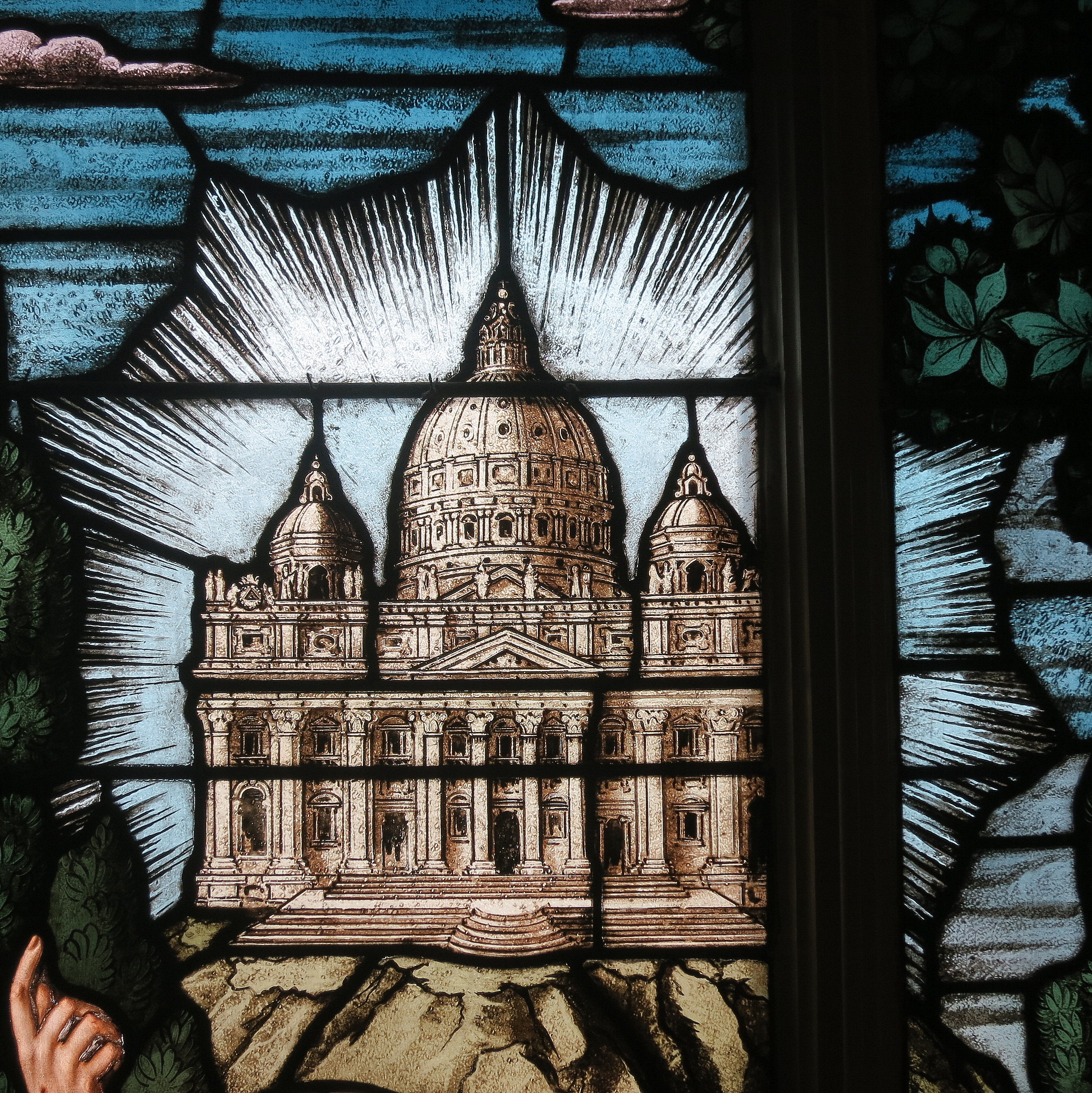
9. **Apostolic Succession and the Primacy of Peter**The leadership role attributed to Peter forms a crucial basis for the concept of Apostolic Succession and the institutional power of orthodoxy. As the perceived “heirs of Peter,” his successors are seen as continuing the spiritual lineage and authority that Jesus established. Peter is widely acknowledged as “the rock” upon which the Church would be built, a metaphor that has profoundly shaped ecclesiological doctrines for centuries.
Within the Catholic Church, Peter is revered as the chief of the Apostles. Catholic teaching asserts that Jesus promised Peter a “special position” within the Church, thereby establishing the Petrine office as foundational to its structure. This perspective views the Bishop of Rome, the Pope, as Peter’s direct successor, inheriting his unique authority to guide and govern the universal Church.
The Eastern Orthodox, Oriental Orthodox, and Syriac Orthodox Churches also recognize Peter’s prominence, referring to him as “chief” or “prominent” among the Apostles, a title sometimes shared with Paul. However, these traditions interpret this not as a hierarchical authority over other apostles but rather as a preeminent status derived from his early witness and representative role. They typically do not agree that the other Apostles were under Peter’s direct orders or that his individual primacy implies the institutional power claimed by Rome.
These differing interpretations highlight a fundamental theological divide that has shaped Christian history. While Protestants generally reject the Catholic claims of Petrine primacy and apostolic succession, recognizing Peter’s historical importance as an apostle, they do not accept the idea of a continuous, divinely ordained succession of authority from Peter to subsequent bishops. This divergence underscores the diverse theological understandings of Peter’s legacy and his role in the Church’s foundational development.
Read more about: From Fisherman to ‘The Rock’: Unpacking 14 Iconic Moments in the Life of Saint Peter

10. **Founding the Churches in Antioch and Corinth**Beyond Jerusalem, Peter’s ministry extended to other significant urban centers, most notably Antioch and Corinth. According to the Epistle to the Galatians, Peter traveled to Antioch, a major hub of early Christianity. While there, he faced a direct confrontation with Paul concerning the appropriate conduct for Jewish Christians interacting with Gentiles, particularly regarding meals. Despite this dispute, subsequent tradition, recorded by Origen and Eusebius in his Church History, firmly holds that Peter was the founder of the Church in Antioch, signifying his foundational influence in this crucial early Christian community.
Later accounts, such as the 9th-century Liber Pontificalis, further elaborate on Peter’s time in Antioch, suggesting he served as its bishop for seven years. It even posits that he might have left his family in the Greek city before journeying to Rome, adding a personal dimension to his extensive travels. Claims of direct blood lineage from Simon Peter persisted among the old population of Antioch well into the 1st century and continue to be asserted by certain families in modern Syria and Lebanon, reflecting a deeply ingrained local tradition.
The Clementine literature, a collection of related works from the fourth century believed to contain older traditions, offers an itinerary of Peter’s route from Caesarea Maritima to Antioch. During this journey, he is said to have debated his adversary, Simon Magus, and ordained Zacchaeus as the first bishop of Caesarea and Maro as the first bishop of Tripolis, illustrating his active role in establishing ecclesiastical structures. Historian Fred Lapham suggests this itinerary may have been drawn from an earlier document, “The Itinerary of Peter,” mentioned by Epiphanius of Salamis.
Peter’s missionary reach also likely included Corinth, a vibrant Greek city. Paul’s First Letter to the Corinthians suggests the existence of a “party of ‘Cephas’,” indicating Peter’s presence or significant influence in the community. Dionysius, the Bishop of Corinth in the mid-2nd century, explicitly stated in his Epistle to the Roman Church that both Peter and Paul founded the churches in Rome and Corinth, lived there for a time, and ultimately suffered martyrdom together in Italy. This tradition underscores the widespread recognition of Peter’s pivotal role in the expansion of Christianity across the Mediterranean world.
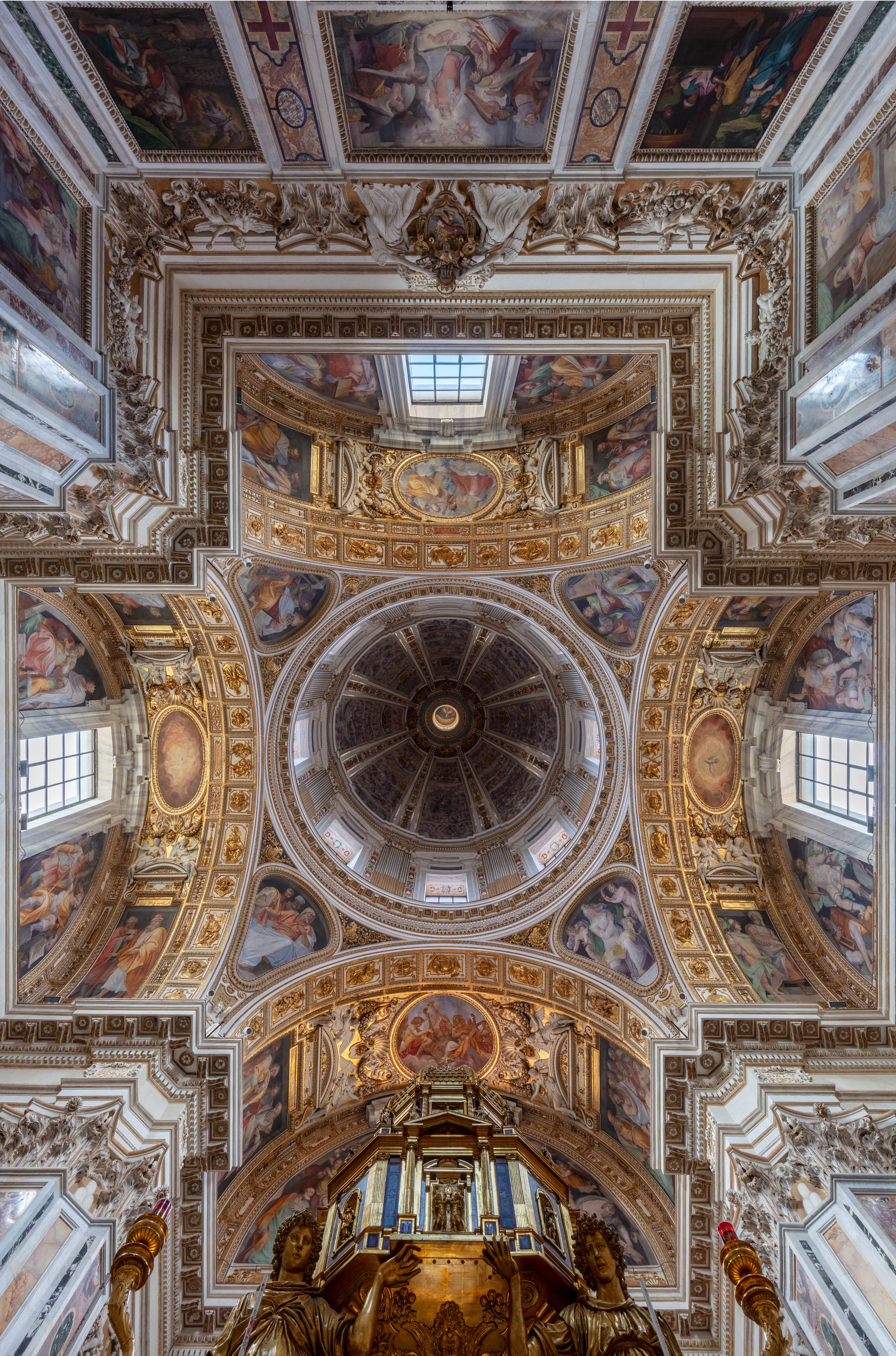
11. **The Journey to Rome and the Papacy**Peter’s eventual connection to Rome is a cornerstone of Christian tradition, though biblical evidence is indirect. The First Epistle of Peter contains a greeting from “The church that is at Babylon,” which most scholars interpret as a common nickname for Rome in Jewish and Christian literature of the time, especially after the destruction of the Temple in AD 70. However, Paul’s Epistle to the Romans, written around AD 57, greets numerous individuals in Rome but conspicuously omits Peter, whom Paul knew. Similarly, the Book of Acts, recounting Paul’s two-year stay in Rome around AD 60–62, makes no specific mention of Peter’s presence, though it also does not detail all of Paul’s visitors.
Despite the limited direct biblical attestation, numerous Church Fathers unequivocally affirm Peter’s presence and ministry in Rome. Ignatius of Antioch, in the 1st century, refers to Peter and Paul giving admonitions to the Romans, strongly suggesting Peter’s presence. Irenaeus of Lyons, writing in the 2nd century, states that Peter and Paul founded the Church in Rome and appointed Linus as the succeeding bishop. Clement of Alexandria, Origen, and Eusebius further corroborate Peter’s preaching and presiding over the Church in Rome until his death, often noting his prior founding of the Church in Antioch.
Lactantius, in his early 4th-century work *Of the Manner in Which the Persecutors Died*, records that “while Nero reigned, the Apostle Peter came to Rome, and, through the power of God committed unto him, wrought certain miracles, and, by turning many to the true religion, built up a faithful and stedfast temple unto the Lord.” These accounts from the Church Fathers provide a consistent historical and theological framework for Peter’s Roman sojourn, solidifying the tradition that became central to Christian self-understanding.
A significant narrative associated with Peter’s time in Rome involves his confrontation with Simon Magus. Eusebius relates that Simon Magus, after encountering Peter in Judea, fled to Rome, where he gained a following and was even regarded as a god. According to Eusebius, God sent Peter to Rome specifically to counteract Simon Magus, leading to Simon’s eventual downfall. Jerome further states that “Peter went to Rome in the second year of Claudius to overthrow Simon Magus, and held the sacerdotal chair there for twenty-five years until the last, that is the fourteenth, year of Nero,” dating Peter’s arrival to AD 42. An apocryphal 7th-century work, the *Actus Vercellenses* (Acts of Peter), also details this confrontation in Rome, underscoring its importance in popular Christian legend and tradition.
The Catholic Church recognizes the Pope, the Bishop of Rome, as the successor of Saint Peter, often interpreting this to mean Peter was the first Bishop of Rome. However, it is also articulated that the institution of the papacy does not depend on the idea that Peter was Bishop of Rome or even on his ever having been in Rome. Irenaeus’s *Against Heresies* names Linus as Peter’s successor, recognized by the Catholic Church as the second Bishop of Rome, followed by a clear succession of early bishops. Eusebius and Tertullian also attest to Linus and Clement, respectively, as Peter’s successors in the Roman episcopate, firmly establishing the apostolic succession from Peter within the Roman Church.
Read more about: Decoding Da Vinci: A People Magazine Journey Through the Life and Legacy of the Renaissance’s Ultimate Genius
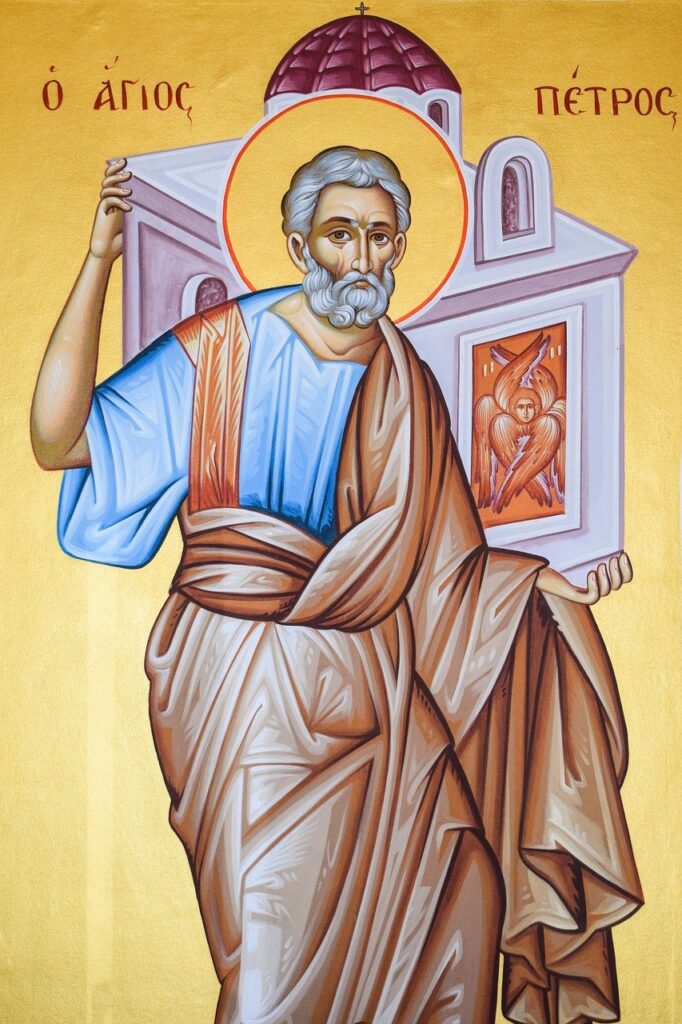
12. **Martyrdom in Rome and Burial at the Vatican**The culmination of Peter’s life is traditionally understood to be his martyrdom in Rome. The epilogue of the Gospel of John contains a subtle prophecy from Jesus regarding Peter’s death: “But when you grow old, you will stretch out your hands, and someone else will fasten a belt around you and take you where you do not wish to go.” This passage has been widely interpreted as a foreshadowing of Peter’s crucifixion, emphasizing a death that would glorify God.
Early Church tradition consistently asserts that Peter died by crucifixion in Rome during the reign of Emperor Nero, specifically around AD 64. This event is believed to have occurred three months after the devastating Great Fire of Rome, for which Nero controversially blamed the Christians, initiating a period of intense persecution. Roman authorities are traditionally said to have sentenced him to death by crucifixion at Vatican Hill, a site that would become eternally linked with his legacy.
The apocryphal *Acts of Peter* further embellishes this account, stating that Peter was crucified head down, a detail corroborated by later Church Fathers such as Origen and Jerome. This inverted crucifixion is attributed to Peter’s own request, asserting his unworthiness to die in the same manner as his Lord. The “Cross of St. Peter” inverts the Latin cross, reflecting this profound act of humility and reverence for Christ.
A well-known legend recounts Peter’s encounter with the risen Jesus while fleeing Rome to avoid execution. The story, popularized by the Latin phrase “Quo vadis, Domine?” (Where are you going, Lord?), describes Jesus replying, “Romam eo iterum crucifigi” (I am going to Rome to be crucified again). Inspired by this exchange, Peter reputedly gained the courage to return to the city, embracing his impending martyrdom. This narrative, commemorated in art and by the Church of Quo Vadis, profoundly illustrates Peter’s dedication and faith.
Catholic tradition firmly holds that Peter was buried nearby his crucifixion site, in the gardens of Nero, on Vatican Hill. Caius, in his 2nd-century *Disputation Against Proclus*, explicitly states, “I can point out the trophies of the apostles. For if you are willing to go to the Vatican or to the Ostian Way, you will find the trophies of those who founded this Church.” Jerome later affirmed that “Peter was buried at Rome in the Vatican near the triumphal way where he is venerated by the whole world.” This deeply rooted belief led Emperor Constantine I in the early 4th century to erect a magnificent basilica over Peter’s tomb, a testament to the enduring reverence for the Apostle and the indelible mark he left on the Christian world.
Read more about: Unveiled: The Dramatic Highs and Lows of Saint Peter, From Fisherman to ‘Rock’ of the Early Church!
Saint Peter’s journey, from a simple Galilean fisherman to a foundational pillar of the Christian Church, stands as a testament to transformative faith and enduring leadership. His complex character, marked by both unwavering devotion and human fallibility, offers a compelling narrative of discipleship. From his pivotal role among Jesus’s inner circle and his profound confession to his missionary endeavors across the ancient world and his eventual martyrdom in Rome, Peter’s life shaped the very bedrock of early Christianity. His legacy, enshrined in biblical narratives, patristic writings, and the sacred traditions of diverse denominations, continues to inspire and inform believers, anchoring the spiritual edifice of the Church to its apostolic roots. Through his life, Peter exemplified the profound journey of faith—one of calling, challenge, denial, restoration, and ultimate sacrifice, leaving an indelible mark on religious history that reverberates to this day.

